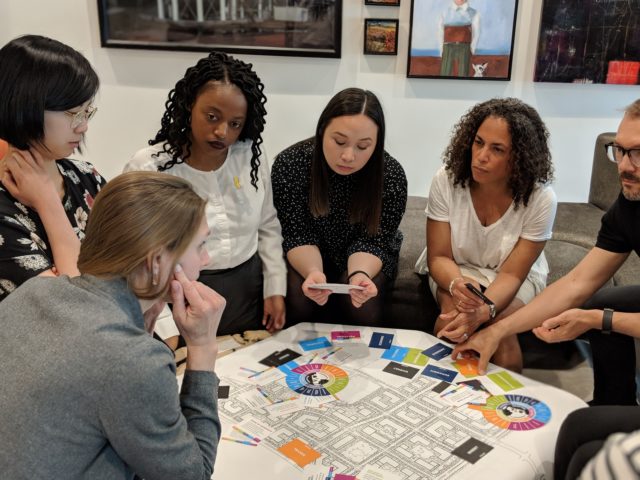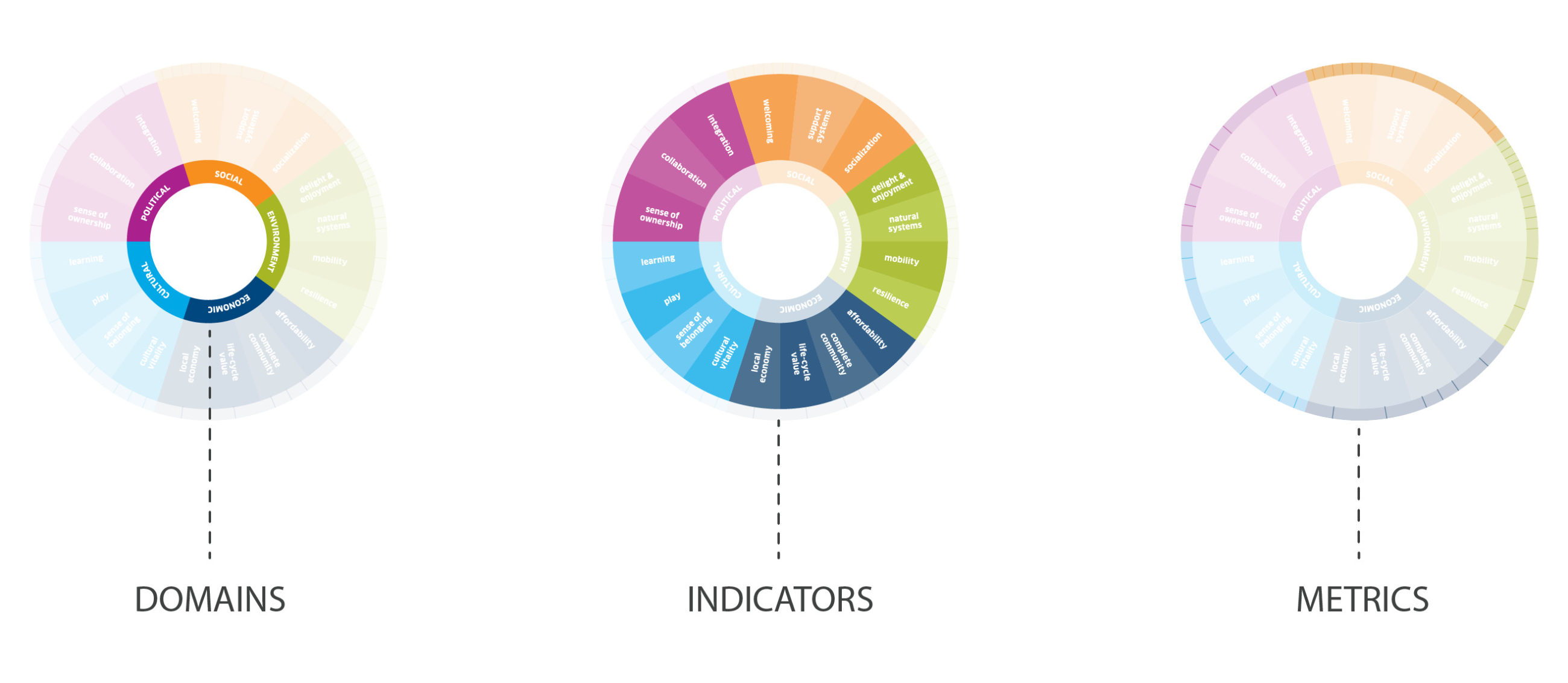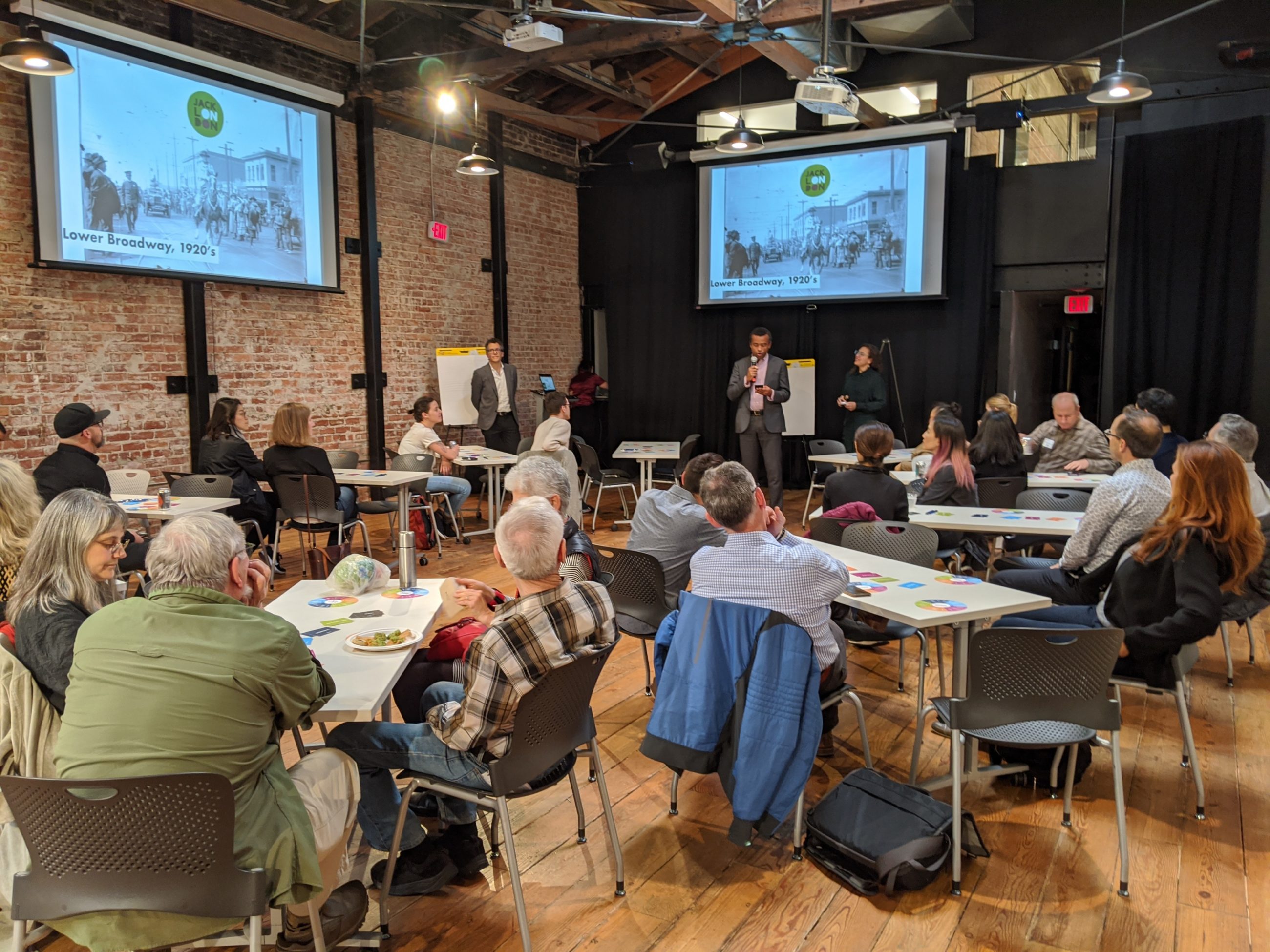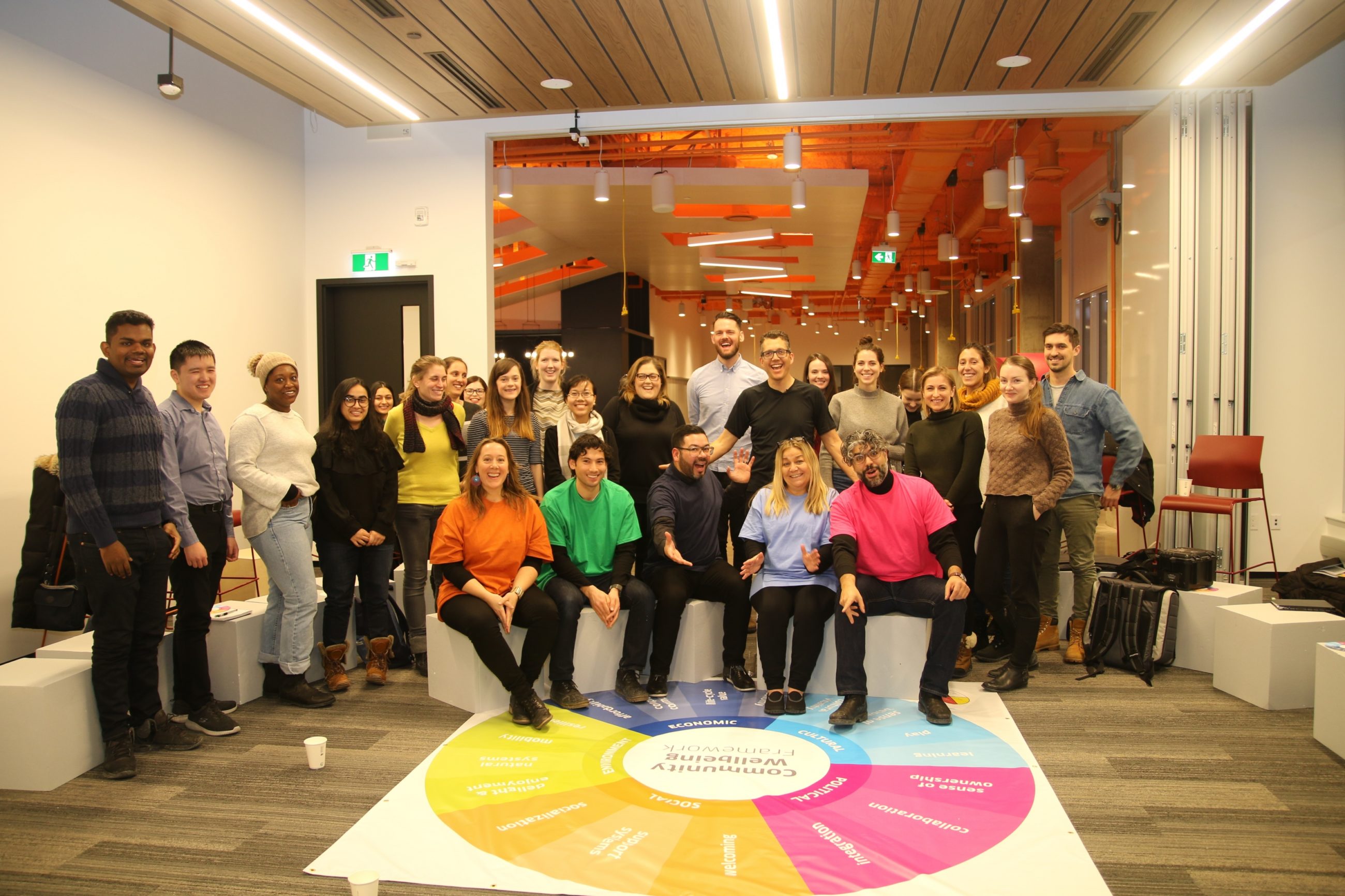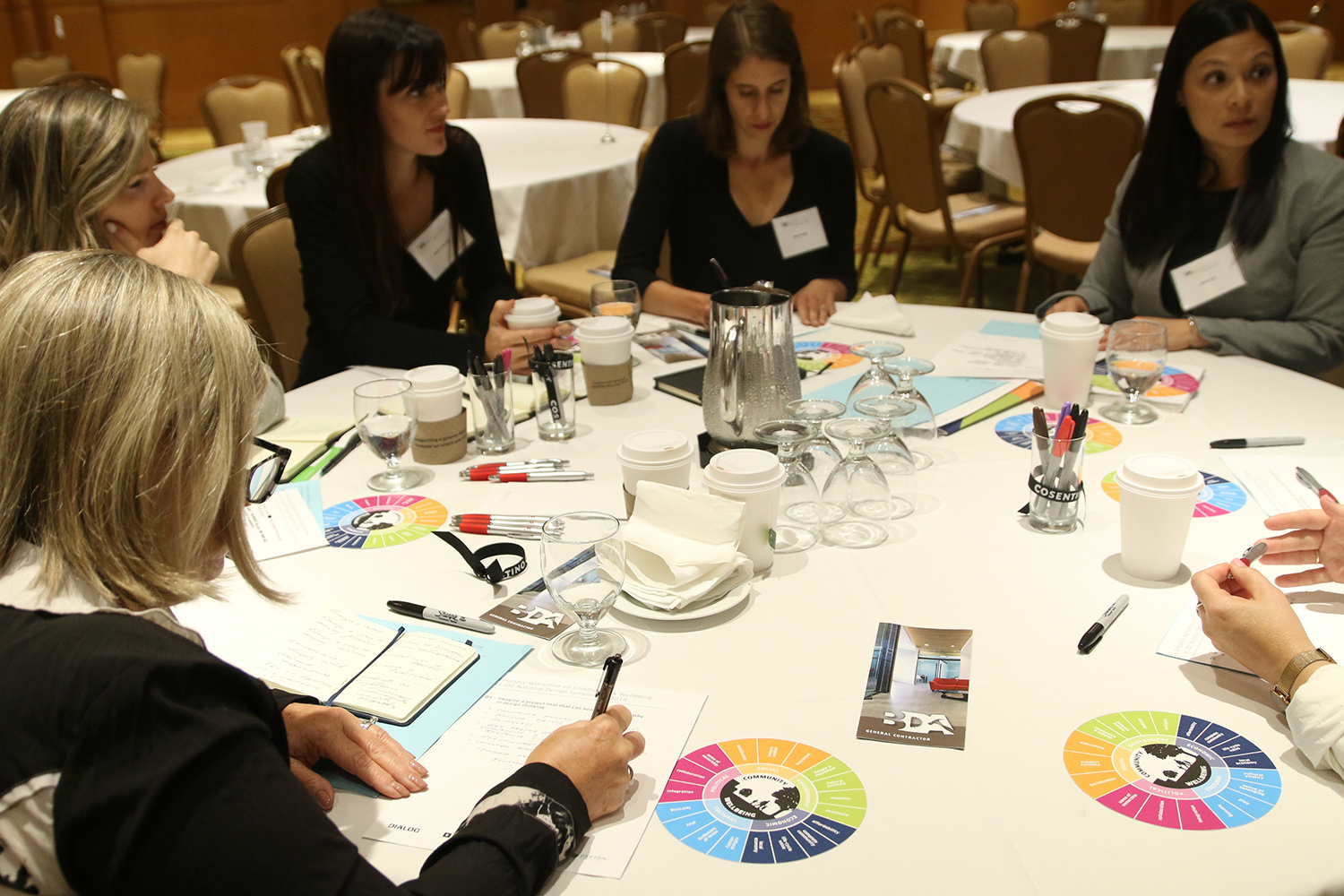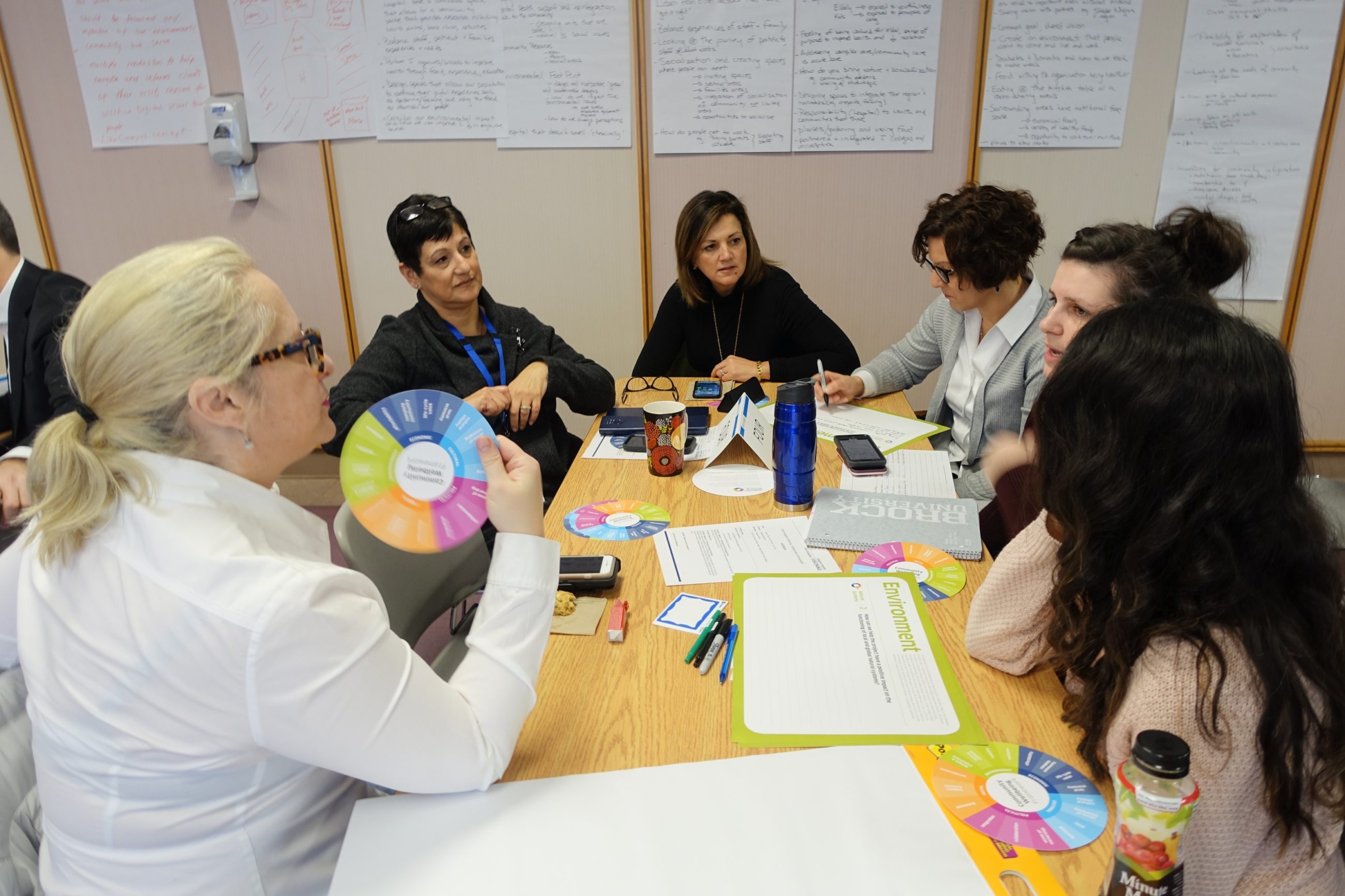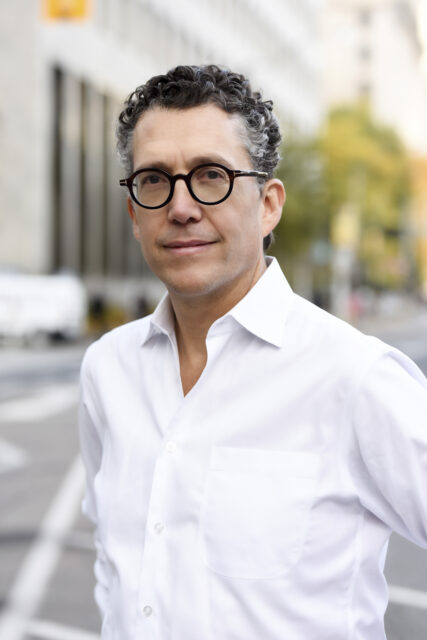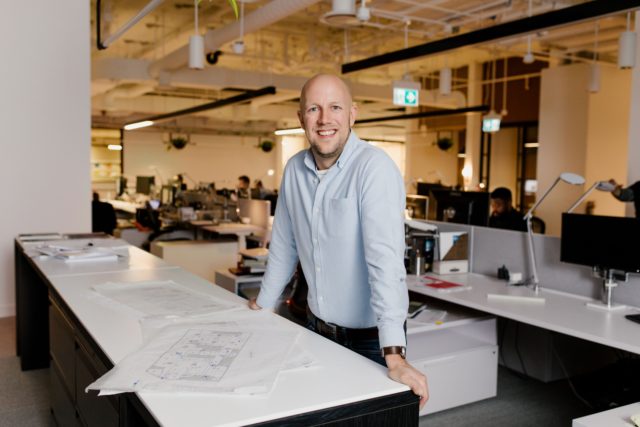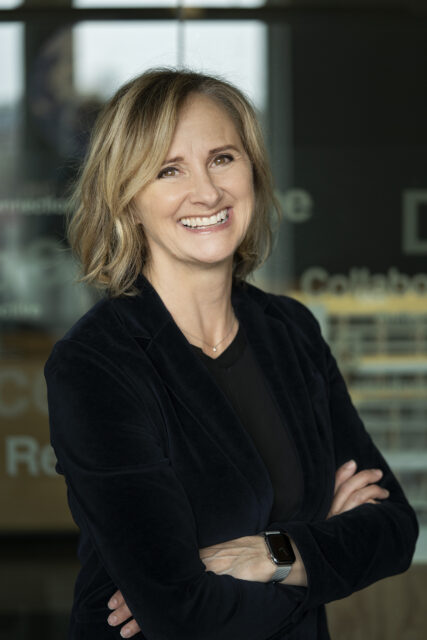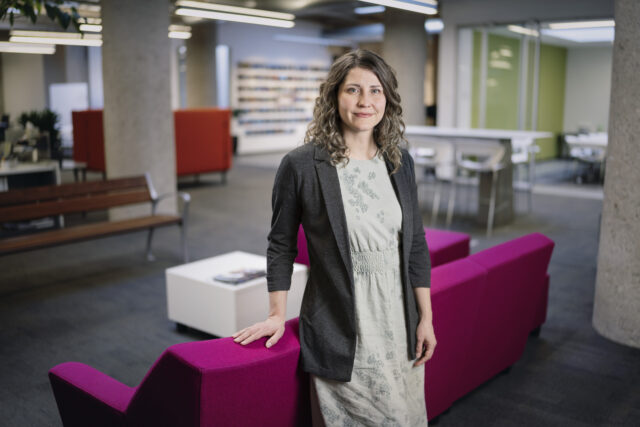Frequently Asked Questions
What is community wellbeing?
The Framework is grounded in a definition that identifies the essential dimensions, or domains, of community wellbeing: “the combination of social, economic, environmental, cultural, and political conditions identified by individuals and their communities as essential for them to flourish and fulfill their potential.”1 To foster community wellbeing, the Community Wellbeing Framework views wellbeing as a single, unhyphenated, and holistic idea.
1 Wiseman and Brasher, “Community Wellbeing in an Unwell World,” 358.
Can non-design professionals use the Framework?
While the methodology has been developed to be used by architects, urban planners, landscape architects, interior designers, and engineers, it can mediate challenging conversations on how to shape (build) and reshape (regenerate) places to the benefit of the place’s community. Here, a place can be defined as a room, a home, a building, a neighbourhood, or a city, and a community can be defined as the owners and users of a place, including developers, councillors, investors, families, residents of a neighbourhood, occupants of a building, or individuals.
Is the Framework like LEED or “Eyes on the Street”?
The Framework encourages the uptake of best practice design decisions like green-building criteria with LEED® or like Jane Jacob’s idea about “Eyes on the Street”. The key difference is that where LEED® is a certification system and “Eyes on the Street” is an observational theory, the Framework is a design-thinking methodology to guide decision making. While certifications, theories, and methodologies are different, they can be used and are useful together for creating healthy built environments.
How will I know if I have been successful if the Framework does not certify design?
There are a few signs of success. If people are talking to each other about ideas that have not been talked about before, if applying the methodology shifts a conversation toward a shared vision, and if delays or conflicts are resolved by using the Framework, you have been successful. In this first iteration of the methodology, keeping dialogue open and agreeing on design features with the help of Framework is the sign of success.
How is the Framework different from other community wellbeing indexes?
The Framework was created for design professionals to better understand the correlation between wellbeing of people and the physical world of built and natural settings. It can be used from conception, through community engagement, the design process, and project construction, and throughout the life of a project. The Framework is free to use and will continue to evolve as the definition and evaluation of designing for community wellbeing evolves.
Do all indicators need to be considered to design for community wellbeing?
The Framework does not grade projects but enables projects to consider and incorporate design features that are supportive to community wellbeing. In an ideal scenario, a project considers and incorporates design features for each indicator of community wellbeing, but the reality is that every project will have different priorities based on interests and capacity.
Is community wellbeing fostered differently in public-sector places and private-sector places?
Each place, whether it is a city, a neighbourhood, a building, a home, or a single room, comes with a unique roadmap to mature and evolve, because it depends on its surrounding community. Being publicly owned or privately owned, or both, is part of the unique roadmap for finding common ground and making actionable decisions. For example, it is generally easier for a publicly-owned site to provide and protect subsidized housing, where a privately-owned site will generally have more flexibility and freedom to invest in the future. Whatever the scenario, the Framework can be used to identify options in light of any unique circumstances.
Can developers use the Framework?
Developers can use the framework to better navigate the requests from a municipality and questions from residents. This could take months, and in some cases years, off the engagement process and the approval process and enables a developer to go to market with a project that has been designed for community wellbeing, increasing the value of the development.
How can you get a community to agree on which conditions define them?
It is human nature for groups and individuals to be sensitive about shared and unique identities. The more members of the community who give feedback and participate in shaping the identity of a project, the easier it will be to find common ground at the very beginning. For example, if residents of a neighbourhood share which conditions define them, their priorities, their ideas about safety, we can take the information and with the owners of the neighbourhood (generally a private developer and a municipality), determine the relevant metrics that consider the feedback and begin to shape the project around those parameters.
What if a community has dissenting priorities and ideological differences?
When everyone’s cards are on the table, members of a community can break down complex ideas, dissenting priorities, and ideological differences to better understand them. For example, developers may need to prioritize indicators within the economic domain, but it is increasingly understood that to be achieve favourable economic conditions, indicators from other domains must be present. Similarly, community members focused squarely on the social conditions of a place can get to know additional domains that are equally important to community wellbeing. Knowledge is power, and understanding dissenting priorities and ideological differences is a first step towards establishing common ground.
Is it too risky to give too many a voice?
The voice will, and should, always be there. The Framework can take dissenting and shared voices within a community and find common language. Designers may have world-changing ideas and feasible strategies to see them through, but an idea can only become the plan when the perspective of owners and users of the place is considered. If common ground can be determined early, the process to follow is smoother and more productive. In our experience, members of a shared community – whether it is a city, neighbourhood, building, or room – want to have productive conversations but are not sure how to go about it.
Do you have actual case studies to prove the Framework works?
We applied a number of case studies to the Framework over the course of the two-year research period. While findings remain proprietary to each project’s owner, the truest way to gauge the impact of the Framework and the impact of the design of a project on community wellbeing, is by applying the Framework from conception, through community engagement, the design process, and project construction, and throughout the life of a project. We continue to use the Framework to guide projects at various stages and will be able to report on more case studies in the future. Additionally, as we are making the Framework available to all, we hope to hear from others how it is impacting their projects. We invite feedback at https://www.dialogdesign.ca/community-wellbeing/get-involved/
How do you evaluate qualitative concepts like cultural vitality, resilience, or sense of ownership?
Evaluation is subjective to each indicator and its corresponding metrics, with some metrics asking questions that lead to quantitative data and other metrics leading to qualitative data. Combining all data provides the basis to conversations that are well-informed and productive. For example, sense of belonging is a qualitative indicator, but volunteering – a way to find belonging in a community – can be evaluated by determining how many people volunteer in a community. If evidence suggests a positive correlation between social infrastructure and high rates of volunteerism, we can build a case around designing a place that makes it easy for people to volunteer. This could mean designing residences, workplaces, and public transit close to community gardens, complex care homes, or educational facilities.
How do engineers use the Framework?
Engineers are focused on increasing efficiency, longevity, and adaptability, and reducing redundancy in operations and maintenance. Sustainability specialists are additionally focused on conversing energy. The Framework can help design systems that allow engineers to explain how the system will impact occupantsand the client, and can provide clarity on the big-picture complexity of the place for which the system functions. For example, engineers can propose energy modeling within a building or transit corridor placement within a neighbourhood that contribute to one, some, or all of the domains of community wellbeing. Validated insights on design features can also justify additional costs or requirements, if any.
Why did DIALOG create the Framework?
A group of design professionals and firms came together 60 years ago with a mission to meaningfully improve the wellbeing of our communities and the environments we share. That group became DIALOG. The common ground at DIALOG since inception has been a shared aspiration to create a future where the built environment serves in the interest of the wellbeing of the community. There is increasing misinformation, however, on how to actually design for community wellbeing, so we decided to create a body of research that would bring clarity to what community wellbeing means and to validate that designing for community wellbeing has tangible value.
Does the Framework replace community engagement?
The Framework informs dialogue and can navigate conversations by asking very specific questions, but it cannot interpret answers – or the absence of answers. The information gleaned from questions and the relevancy of certain indicators and metrics is subjective, so the application of the Framework will always require the interpretation of an expert. The Framework synthesizes an incredibly large and complex amount of information that can be applied in any community engagement setting, whether it is an open house or a closed-door meeting. The primary function of the Framework is to collect and organize feedback so that design professionals can then steer productive conversations and significant decision making can take place.
Does this mark the beginning of a cultural shift?
The Framework can move the dial on the shift that humanity is undergoing currently: the way health is prioritized today is unprecedented and the physical built environment is increasingly seen as a mechanism for improving public health and wellbeing. For most of time, humanity has focused on designing built environments that are practical, economical, symbolic, or beautiful. The Framework outlines a way of thinking that goes beyond these priorities. By figuring out how to define and evaluate ambiguous concepts like happiness, play, or resilience, designers of the physical environment can lead communities toward actionable plans on how the world can and should be designed to have tangible value.
